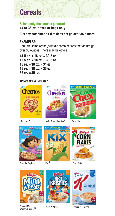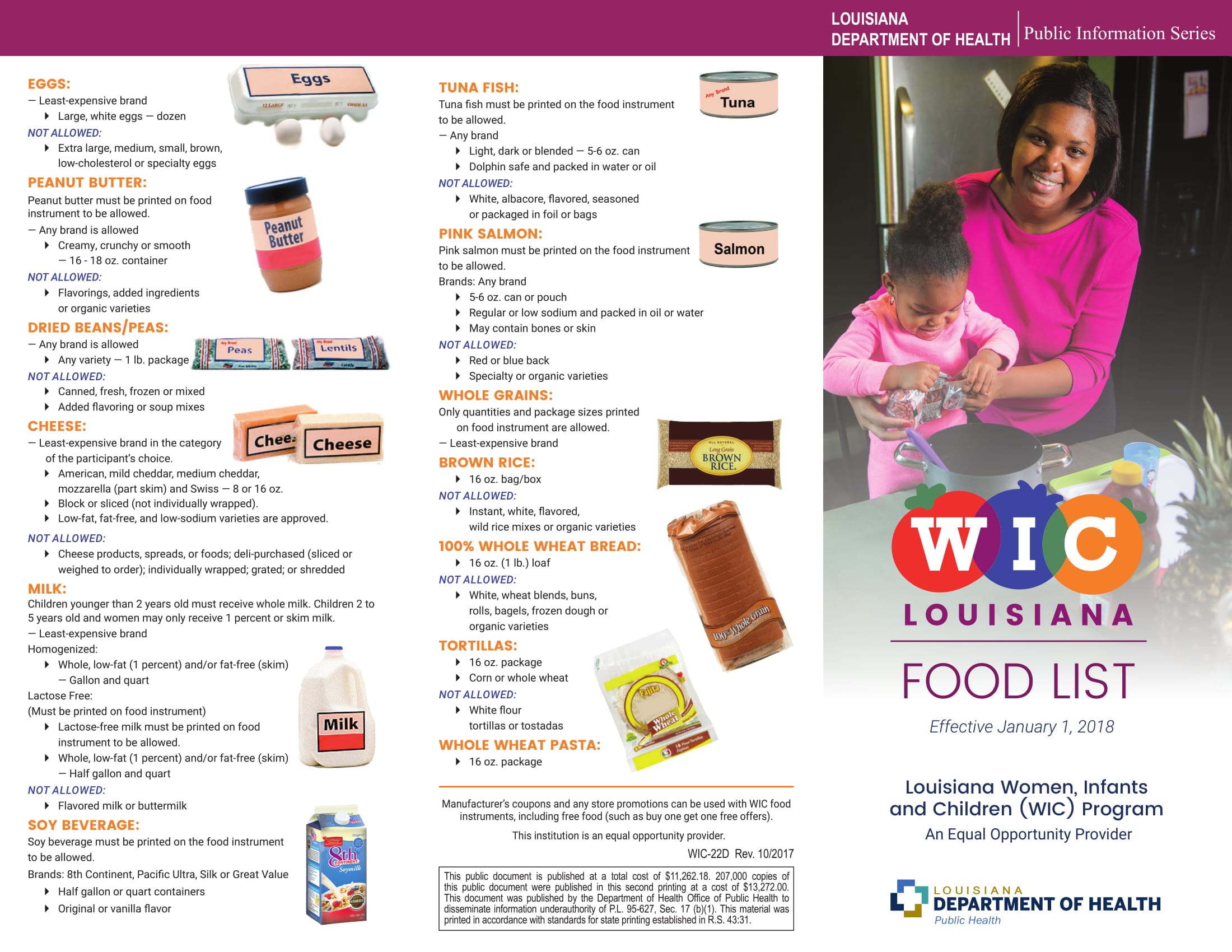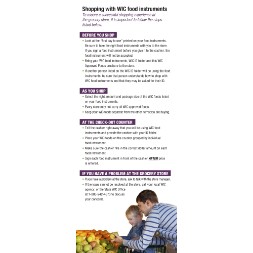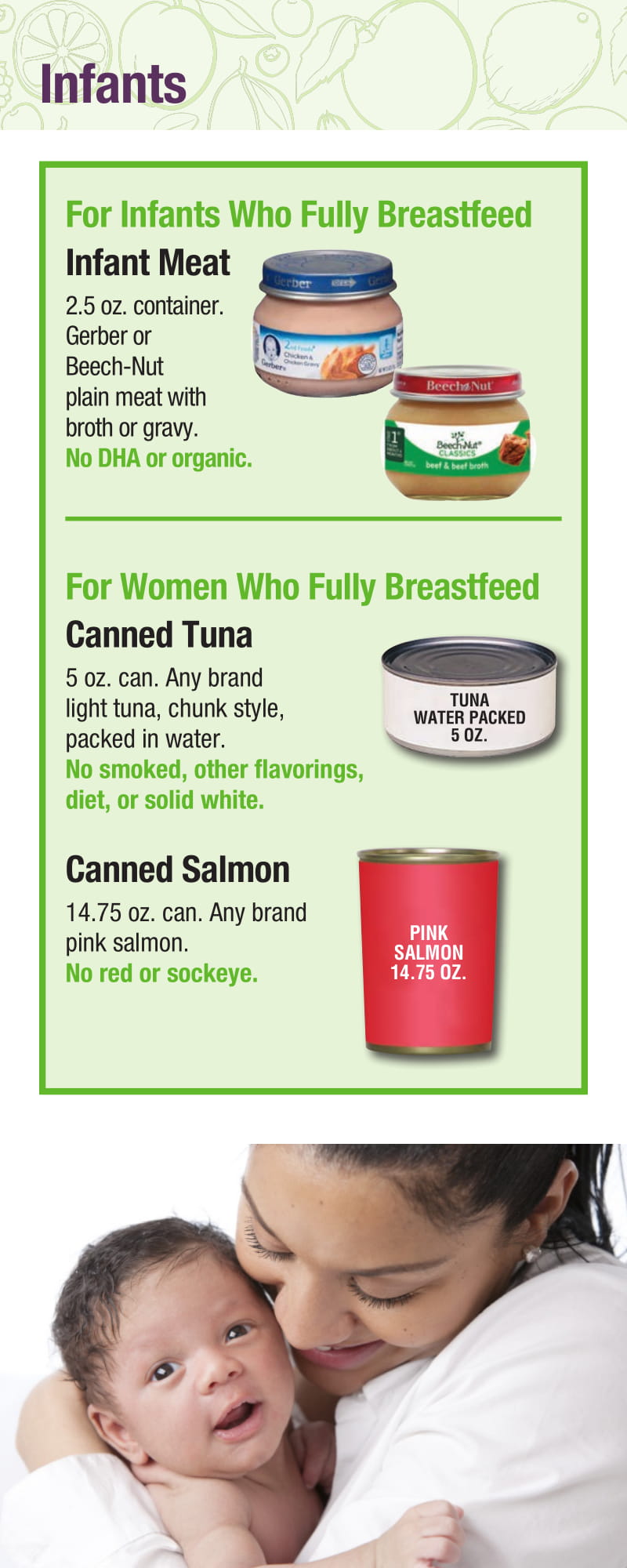

Daytime app access was positively associated with redemption rates for most food benefits except only a few, such as infant formula (coefficient=−0.03, P<.001).Ĭonclusions: Use of the WIC app was significantly related to higher redemption rates across food benefits, although the association varied across benefit categories. More active cycles and active days in the cycle were significantly related to redemption rates for all categories, except for frozen juice (coefficient=−0.002, P=.09). After controlling for sociodemographics, the coefficients of app use were significantly positive for all benefit categories except for WIC-eligible nutritionals. Results: App users consistently had higher average redemption rates than nonapp users the difference ranged from 3.6% (4.8% relative) for infant formula to 14.3% (40.7% relative) for fish. Panel linear regressions were applied to examine how the redemption rates were related to these behaviors over time. The use behaviors were defined for the app users, including the number of active use benefit cycles, active benefit cycle rates, number of active use days in the cycle, and proportion rates of daytime use. The redemption rates of 18 WIC food benefits were compared between app users and nonapp users, that is, those who never used the app in the study period. Methods: WIC administrative data were obtained from West Virginia for the period January 2019 to January 2020 and included 30,440 WIC households that had received food benefits in that period. Objective: This study aims to examine the relationship between the use of a widely used mobile phone app, WICShopper, and the redemption of the prescribed food packages. However, there are multiple behavioral barriers in the program and the stores that prevent participants from redeeming the benefits fully. In the program, participants are prescribed a list of food benefits, which can be redeemed in WIC-authorized stores. See correction statement in: īackground: The Special Supplemental Nutrition Program for Women, Infants, and Children (WIC) is one of the most important food assistance programs in the United States, serving 6.4 million low-income, eligible women, infants, and children under 5 years of age in 2019. Related ArticleThis is a corrected version. Asian/Pacific Island Nursing Journal 10 articles.JMIR Bioinformatics and Biotechnology 32 articles.JMIR Biomedical Engineering 68 articles.Journal of Participatory Medicine 78 articles.



JMIR Perioperative Medicine 89 articles.JMIR Rehabilitation and Assistive Technologies 201 articles.JMIR Pediatrics and Parenting 279 articles.Interactive Journal of Medical Research 306 articles.JMIR Public Health and Surveillance 1141 articles.Journal of Medical Internet Research 7471 articles.


 0 kommentar(er)
0 kommentar(er)
